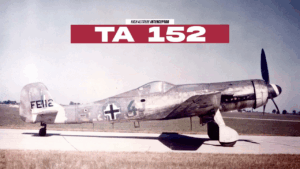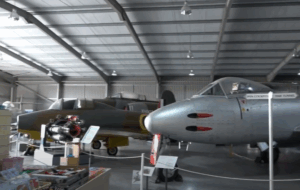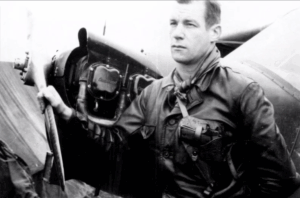8 Iconic Bunkers and Defense Lines of WWII

The Battlefield Explorer / YouTube
World War II was a global conflict that saw the deployment of an extensive array of fortifications and defense lines, designed to repel enemy forces and protect strategic locations. These structures, ranging from massive concrete bunkers to intricate networks of trenches and obstacles, played crucial roles in the war’s outcome. Here are eight iconic bunkers and defense lines from WWII:
1. The Atlantic Wall

Spanning over 5,000 km along the coast of Western Europe from Norway down to France, the Atlantic Wall was a formidable series of bunkers, gun emplacements, mines, and beach and sea obstacles constructed by Germany to prevent an Allied invasion of the continent.
2. Maginot Line

France’s Maginot Line was a massive chain of fortresses, obstacles, and weapon installations built along its border with Germany. Despite its impressiveness and the formidable defense it promised, it was famously bypassed by German forces through Belgium, demonstrating the challenges of static defense lines in modern warfare.
3. Siegfried Line (Westwall)

The German counterpart to France’s Maginot Line, the Siegfried Line was a defensive line running more than 630 km, featuring concrete bunkers and tank traps, designed to protect Germany from invasion from the west.
4. The Gustav Line

A significant German defensive line in Italy, the Gustav Line stretched across the Italian peninsula and was centered around the town of Cassino. Its purpose was to delay the Allied advance towards Rome, featuring numerous pillboxes, bunkers, and minefields.
5. The Gothic Line

Another critical German defense line in Italy, the Gothic Line represented the last major line of defense in the northern Apennines. It consisted of numerous fortified positions and was designed to halt Allied advances northwards into the Po Valley.
6. Wolf’s Lair (Wolfsschanze)

This was the Germany’s leader’s first Eastern Front military headquarters in WWII. The Wolf’s Lair, located in modern-day Poland, was a massive, secure complex of bunkers and buildings where significant decisions were made, including the planning of Operation Barbarossa.
7. Fort Eben-Emael

Located in Belgium, Fort Eben-Emael was one of the largest fortifications in Europe and was thought to be impregnable. However, it was famously taken by a small German airborne unit in 1940, using innovative tactics that included glider troops and shaped charges.
8. The Führerbunker

The Führerbunker was Germany’s leader’s last headquarters, located beneath the Reich Chancellery Garden in Berlin. It was here that the German Axis leader spent his final days and eventually committed suicide in 1945 as the Red Army closed in on Berlin.




















